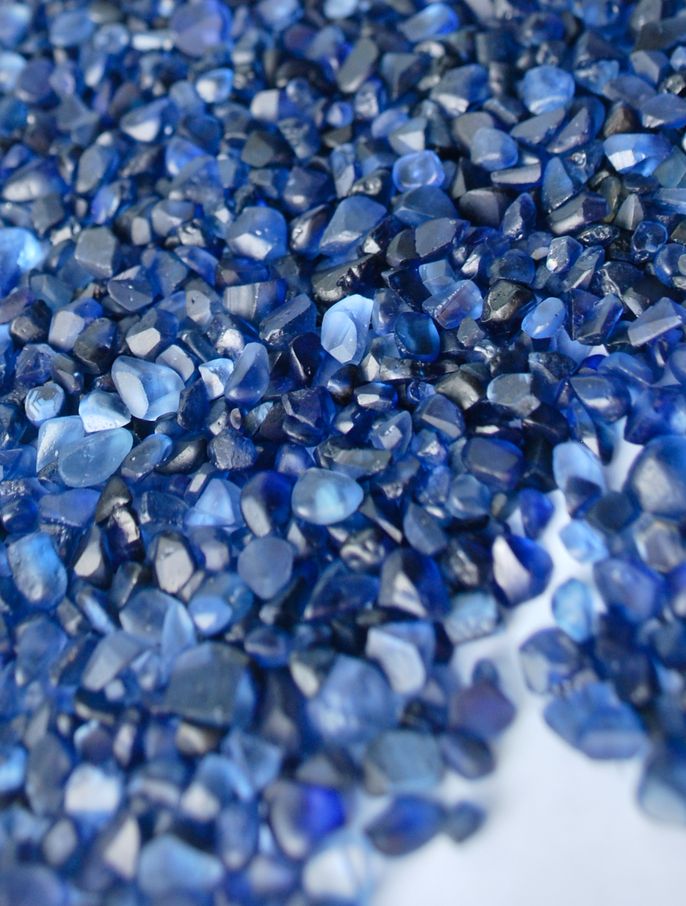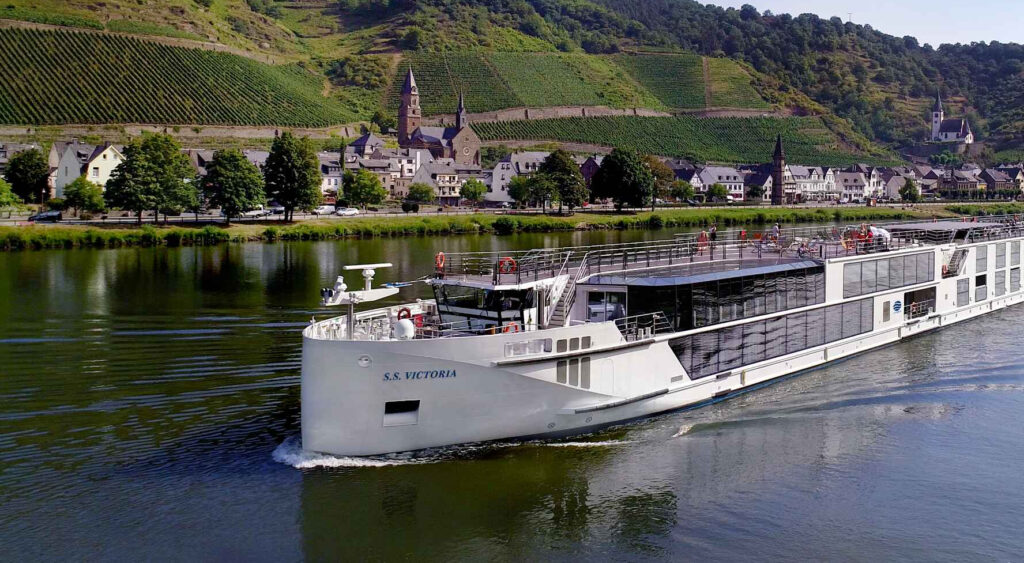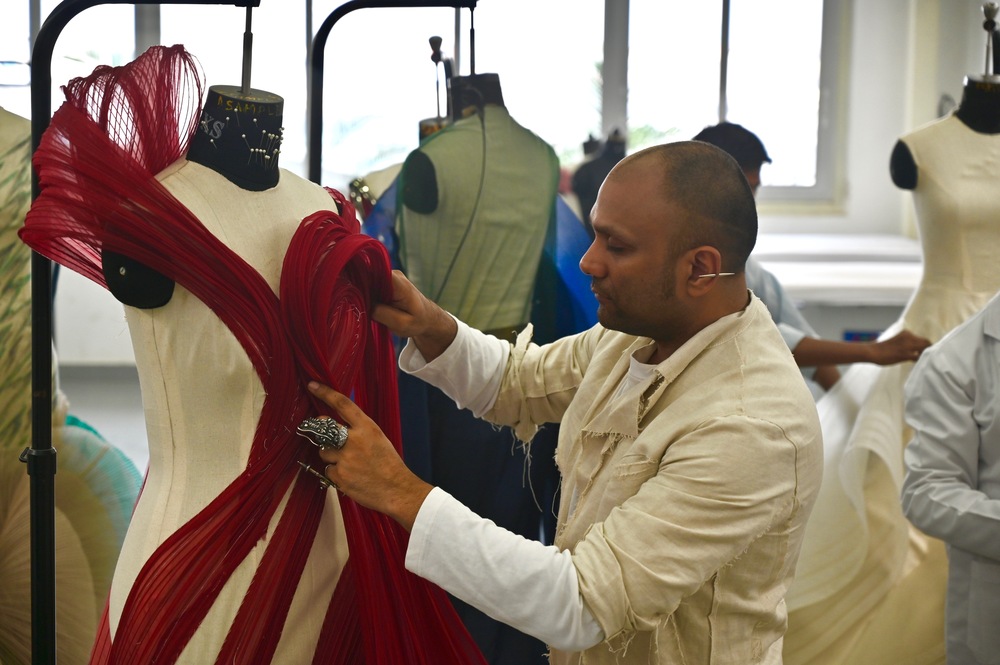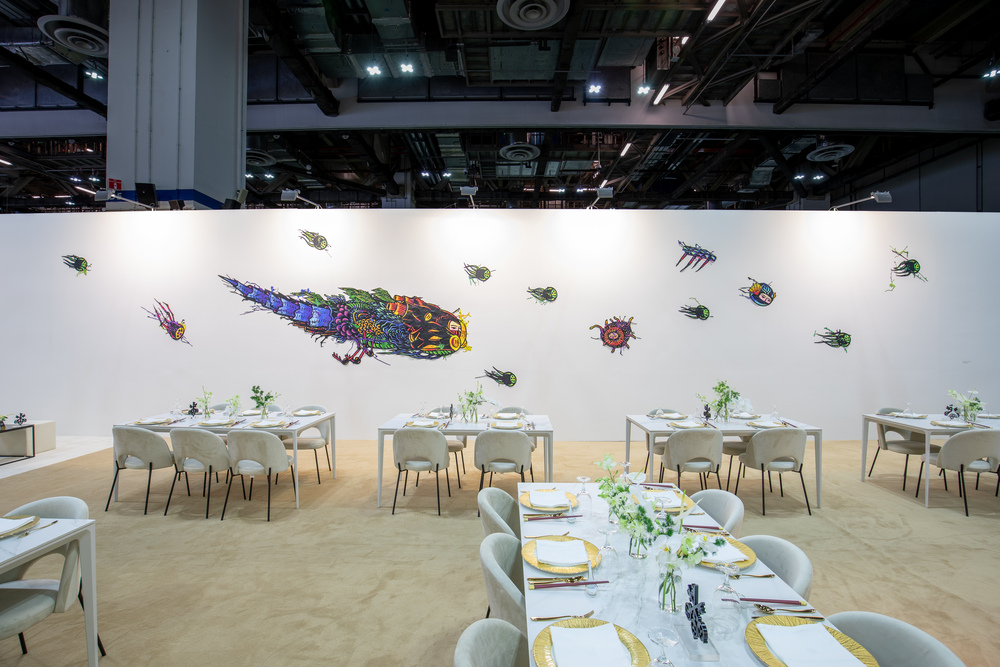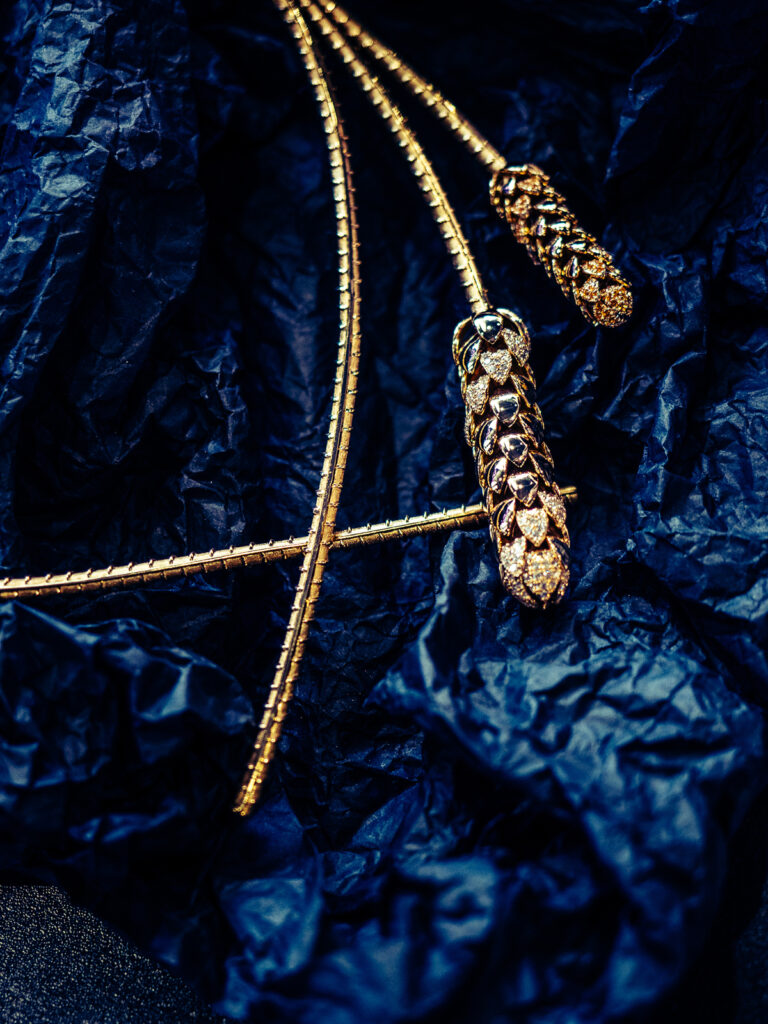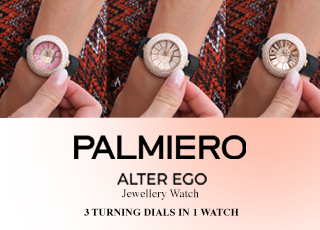
Sri Lanka is the world’s oldest source of sapphires and her famous gems have been used as a symbol of love and power for centuries. On this “sapphire safari”, we unearth mines, peruse markets, and choose stylish pieces at Colombo’s jewellery stores.
Ratnapura, the City of Gems, is the obvious starting point for a sapphire safari in Sri Lanka. Nestled in the verdant foothills of the central highlands 100 kilometres southeast of Colombo, Ratnapura and her surrounding flood plains are the source of these wondrous gems.

The best way to experience Ratnapura is to start where the miners do: The ancient Maha Saman devale, a temple complex located above the town and dedicated to the gemstone deity god, Saman, revered as the protector of the gem mining region. On a direct axis from the entrance to the temple is the holy mountain, Adam’s Peak, also known as Samanalakande. Devotees believe that Adam’s Peak is the primary source of sapphires, where the gemstones were washed down in all directions from here. Geological science concurs that gemstone deposits in Sri Lanka are alluvial and are present as water-worn pebbles in the flood plains of rivers and streams.
The Sapphire Search
Temple bells peal at sunrise as miners from the area arrive with offerings of flowers and fruit, paying homage to the god and his mountain, as well as seek blessings for a bountiful dig.
A pleasant surprise for visitors is discovering that mining here is still a low-impact activity using traditional methods. More surprising is that the mines are mostly in rice fields. A telltale sign is the presence of a pile of muddy earth and a few small pits roofed with coconut fronds.

The miners dig 6-foot square vertical shafts that plunge into the earth, some as deep as 250 feet. The shafts follow the path of the gem bearing-gravel, or illam, and some meander off horizontally for several hundred feet. Shaft walls are fortified with the trunks of trees, mainly rubber wood, placed horizontally at regular intervals. More strips of wood are placed vertically between the trunks and wild ferns are packed behind the strips to prevent the walls from collapsing. A parallel shaft is used to extract ground water and pump in air when necessary.
Miners work their way down the shaft using the tree trunks as footholds. As they dig, they fill baskets with earth and are drawn up to the surface on a manual winch. The gem gravel is stored separately and washed in large cane baskets in a nearby stream or pond. As mud swirls away, pebbles of sapphire are left at the bottom of the basket.

For connoisseurs, the term Ceylon sapphire means a bright cornflower blue. However, sapphires are not just blue. The region’s gem gravels produces a spectrum, from pinks and purples to yellows and greens, as well as lesser known blacks and whites.
The queen among Ceylon sapphires is the Padparadscha or orange-pink sapphire. Named for its unique of colour, romantics describe it as the “soft blush of a lotus as it awakens to the kiss of the morning sun.” This colour range is quite rare and commands a higher price than blue sapphires.
Some sapphires display a phenomenon of asterism created by inclusions that crisscross internally, displaying a star effect. The most famous, a 563.35-carat blue star sapphire, is in the American Museum of Natural History in New York with the misnomer, “Star of India.”

Ring by Rinelle in 18K white gold, blue sapphire, white diamonds
Off to the Markets
One of the world’s oldest rough gemstone markets is located off Ratnapura’s busy Main Street, at a place called Ambagahayata. Every morning, hundreds of men – the region’s miners and traders (dressed in white or pale clothes so as not to affect the colour of the stones) – gather in the middle of the street to trade.
Each seller has small packs of folded white paper concealing pieces of rough sapphires and other gemstones like chrysoberyl cat’s eye and alexandrite. A gambler’s mentality prevails among the buyers: Most are inspired by the innumerable rags to riches stories in the region – they hope the next stone they buy could be their “stepping stone” to wealth.
About 100 kilometres away, in an area known as China Fort, is the lively market for polished gemstones. Here, hundreds of traders whose families have been involved in the gem business for more than 350 years conduct business on the street or in modern glass buildings. The traders here have a dress code too – they are clad in white shirts and sarongs, the traditional dress of a gemstone dealer, a practice still honoured by dealers from all over the country.

Shades of Colour necklace by Rinelle in 18K pink/white/yellow gold, mixed sapphires, pear- and round-shaped diamonds

Fiesta of Colour necklace by Rinelle in 18K yellow/white gold, mixed sapphires, oval- and marquise-shaped diamonds
An interesting fact is that there is no gemstone mining here: The business is based on gemstones from outside – initially from Ratnapura and the Sabaragamuwa gem regions, and even from gem mines of Madagascar, Tanzania, and Mozambique. These dealers also lead buying expeditions to Africa, bringing back a range of rough stones that they have cut and polished in Beruwela and other cutting areas.
From here, head back to Colombo, the heart of Sri Lanka’s international gem business. The main businesses are located within a small area stretching from Colombo 3 to Colombo 4 and 5, and it is here that most international dealers source their precious stpmes. Colombo is also home to dozens of fine sapphire jewellery stores and browsing their offerings is a good way to end the adventure. If the intention is to purchase, experts recommend “listening” to the gemstone: “If it speaks to you, take it home.”

